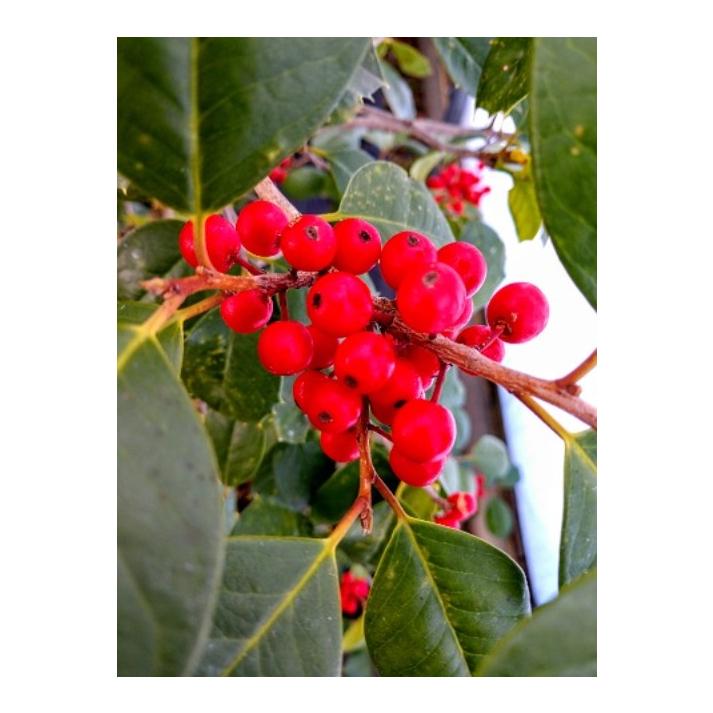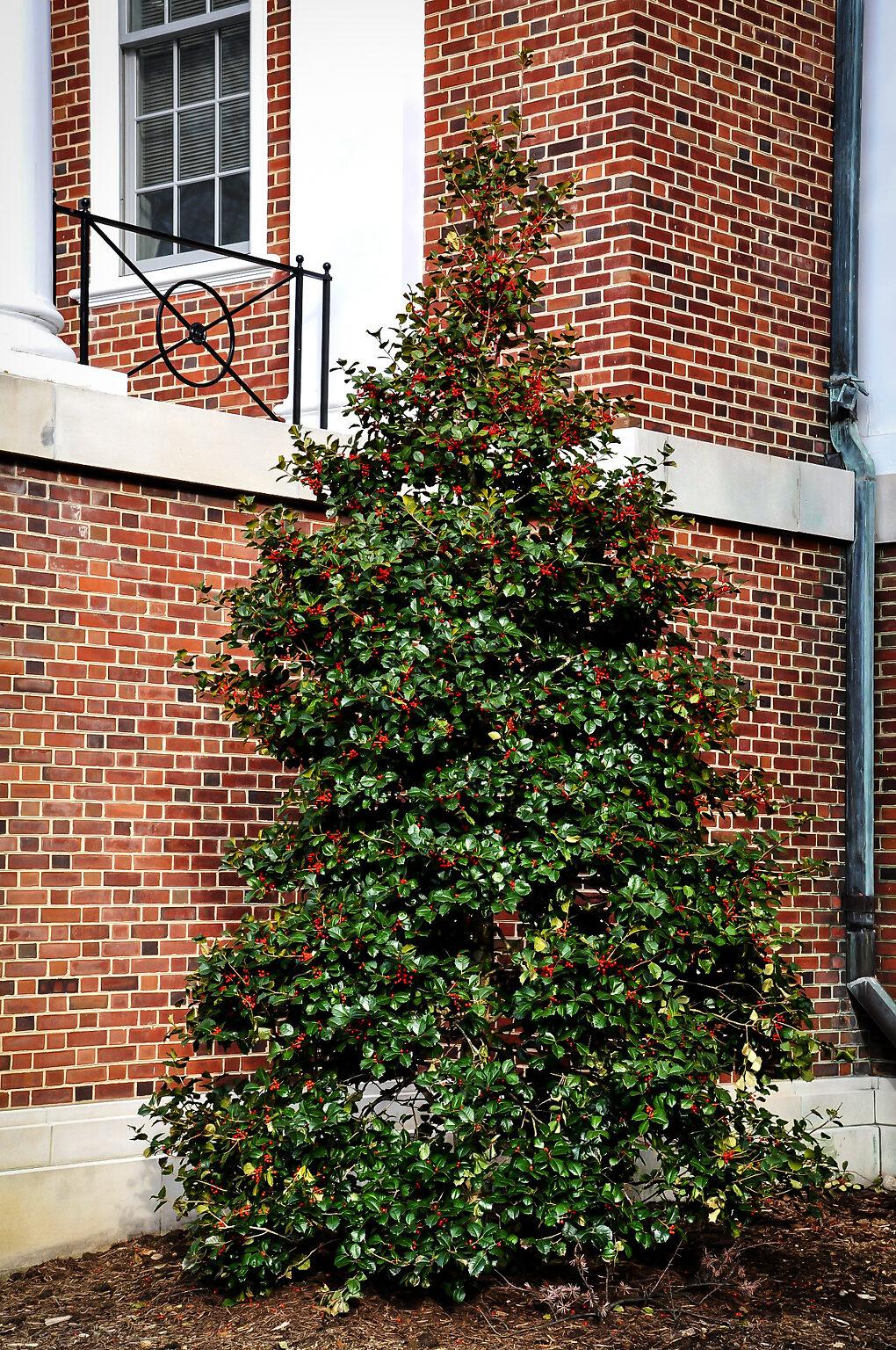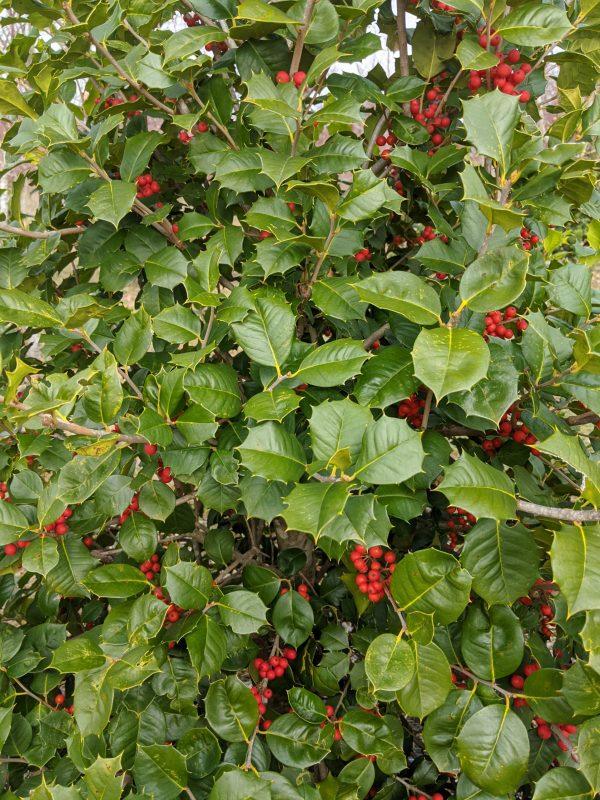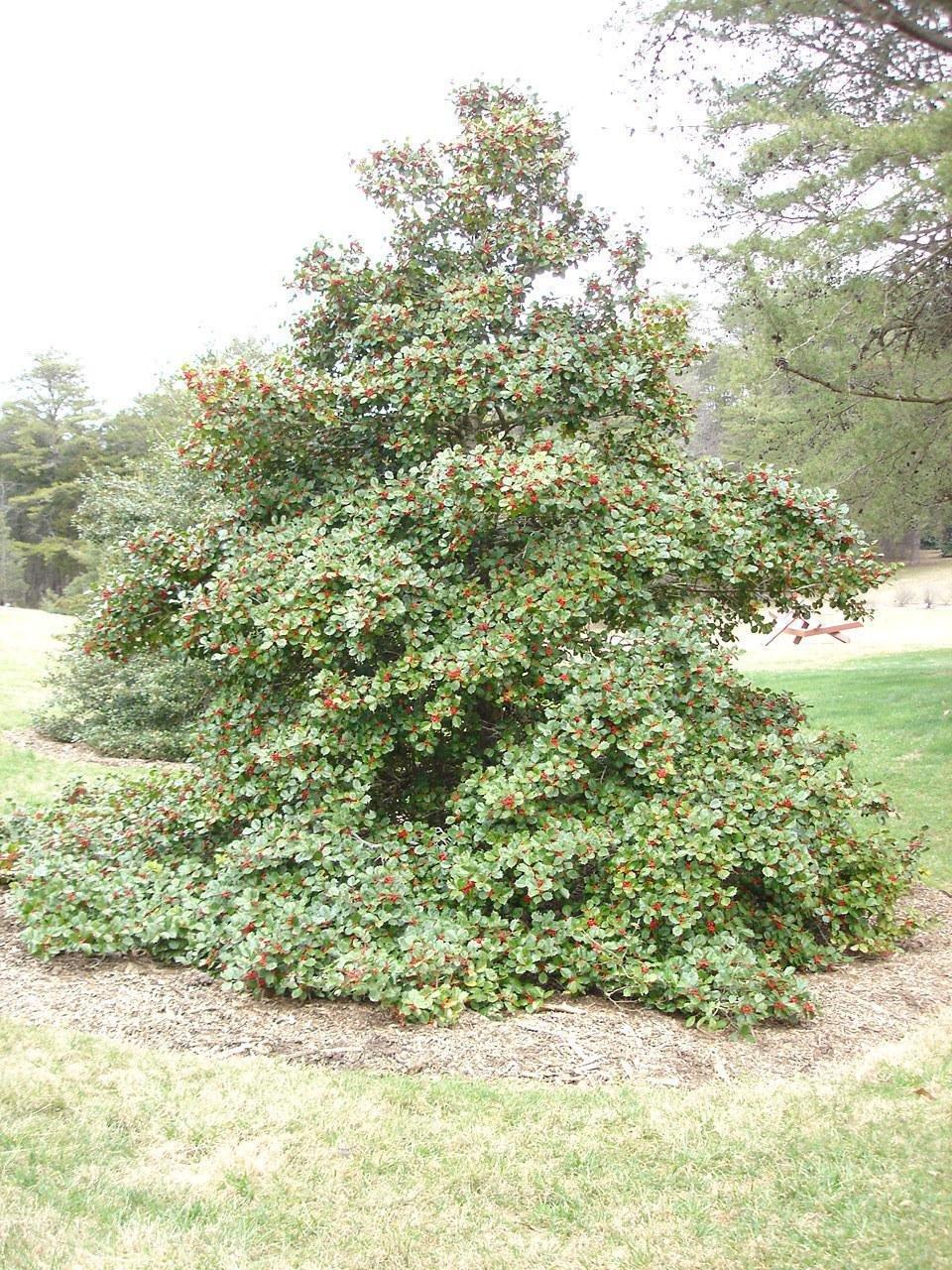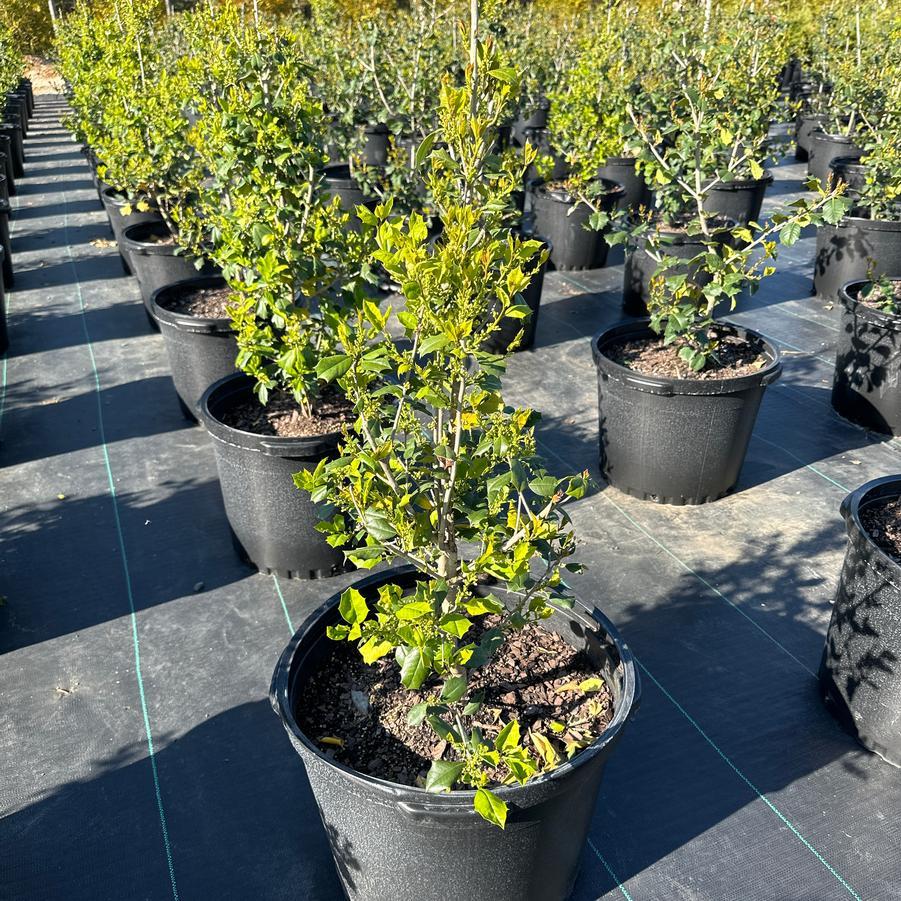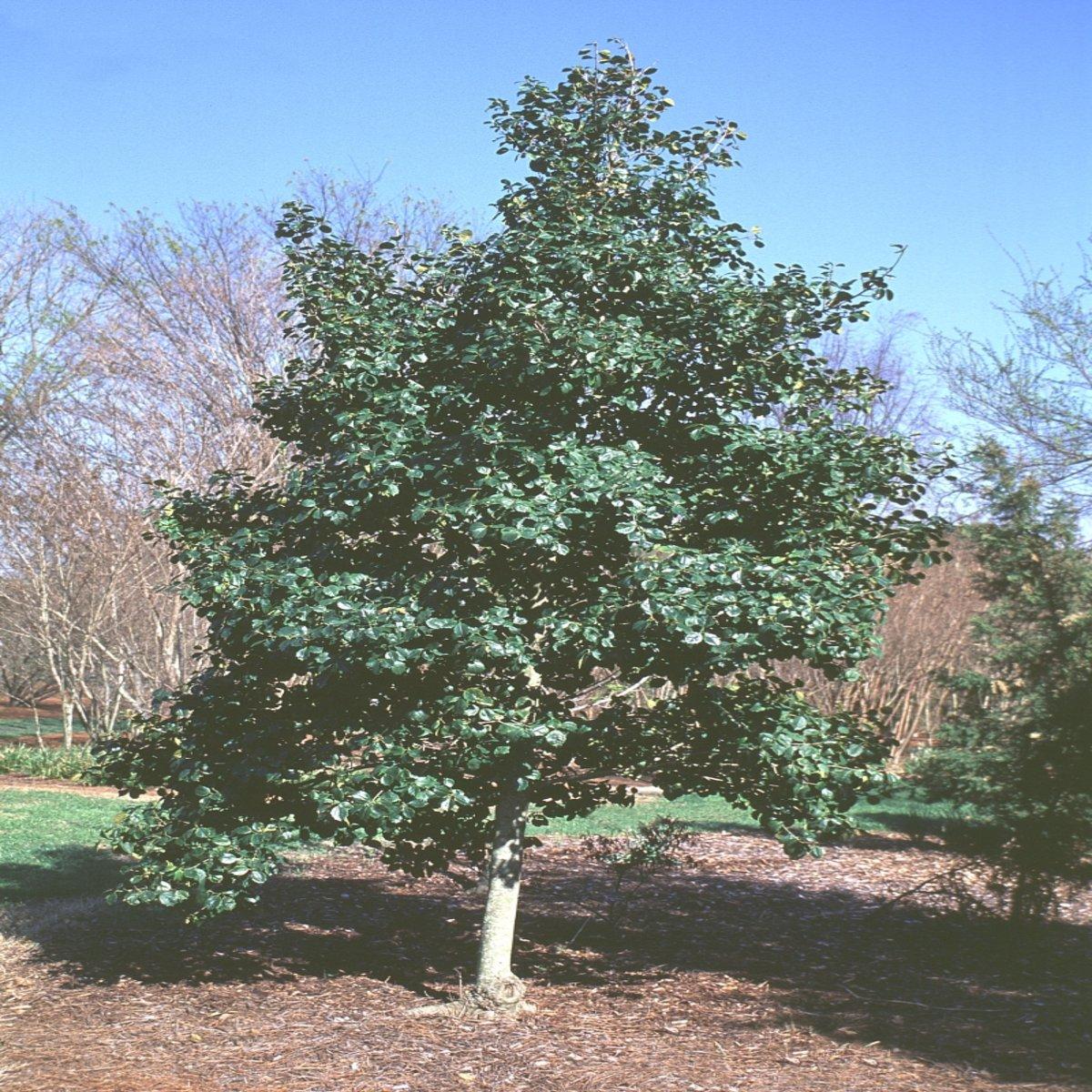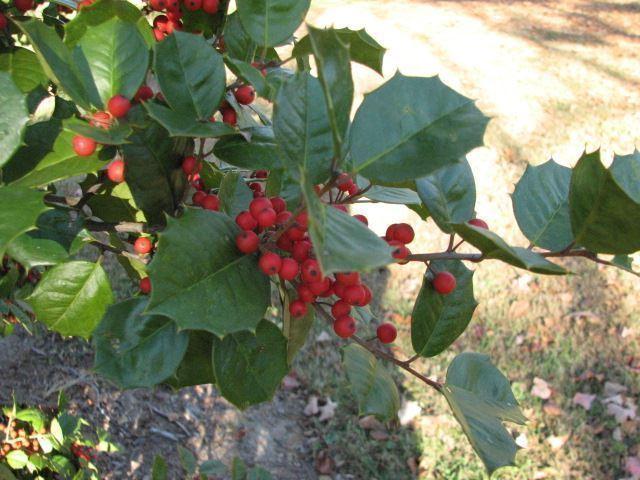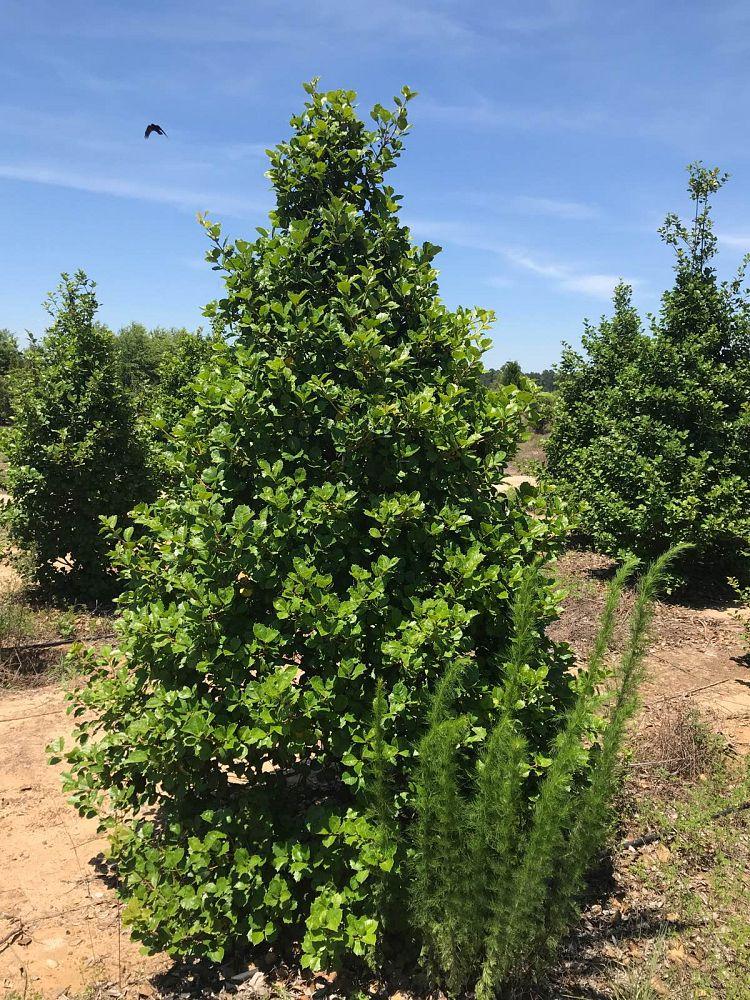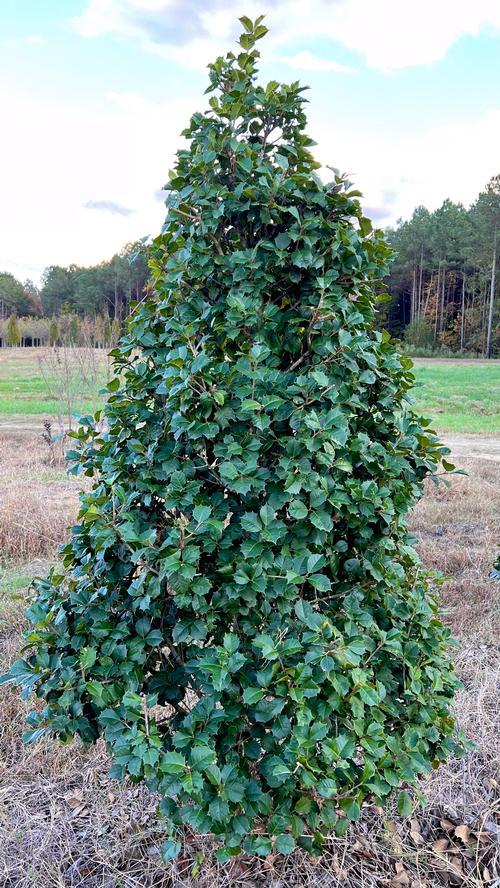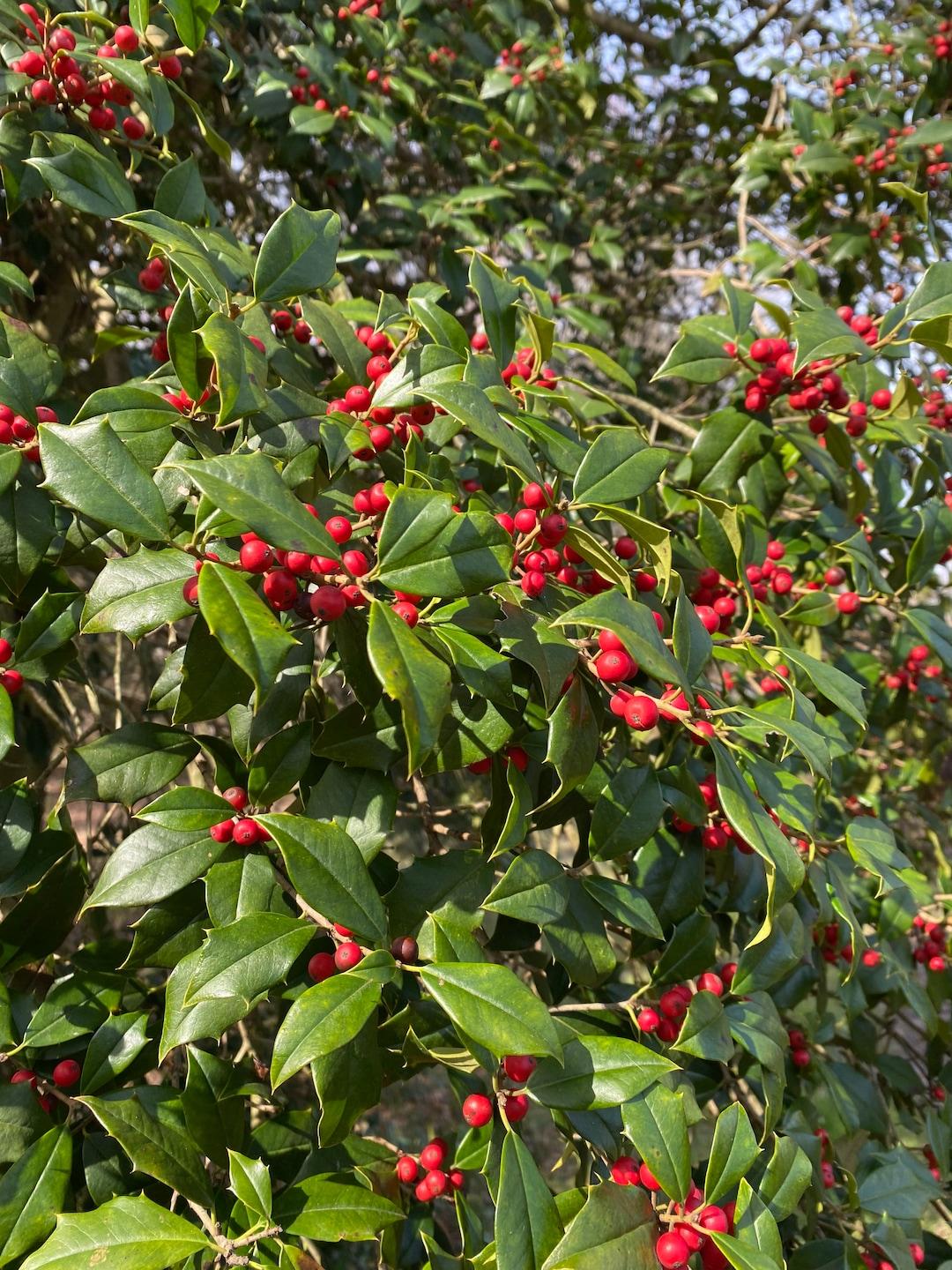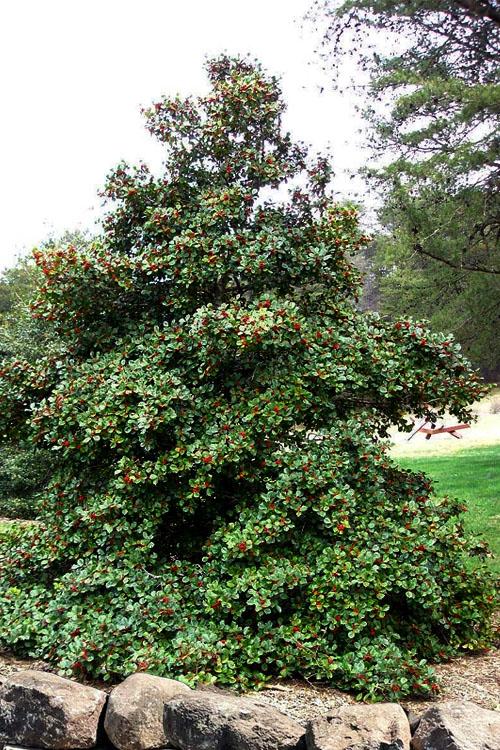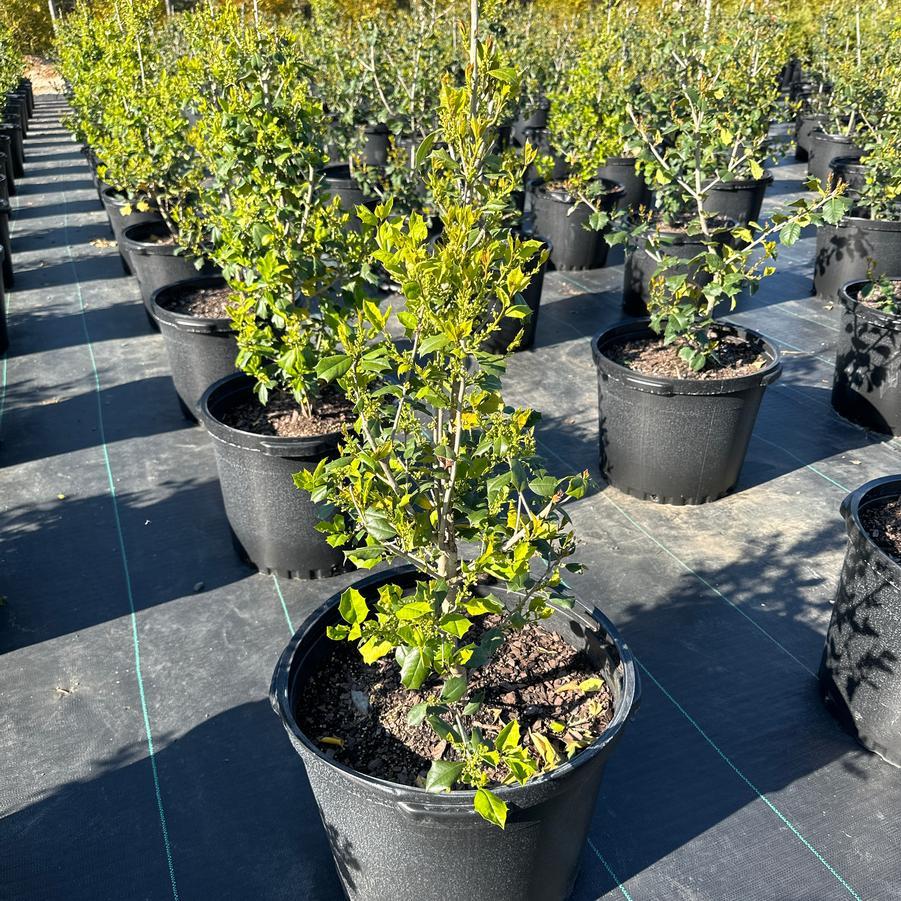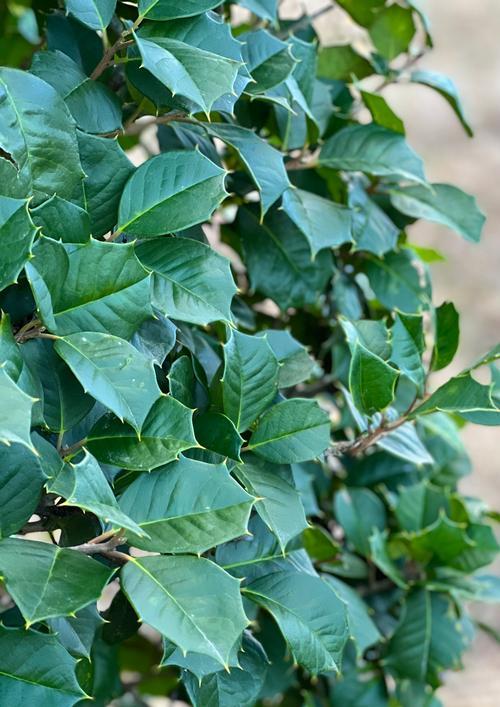1
/
of
21
Satyr Hill American Holly–Evergreen–Dense Foliage 7/8' h B&B
Satyr Hill American Holly–Evergreen–Dense Foliage 7/8' h B&B
Regular price
$3,980.00 USD
Regular price
$5,174.00 USD
Sale price
$3,980.00 USD
Unit price
/
per
Shipping calculated at checkout.
SKU:nse5303-redcrocus
Couldn't load pickup availability
Ilex opaca 'Satyr Hill'
Description
Ilex opaca 'Satyr Hill', commonly known as 'Satyr Hill' American Holly, is a robust evergreen tree known for its attractive glossy green leaves and bright red berries. This cultivar is particularly valued for its dense foliage and pyramidal shape, making it a standout in any landscape.
Suggested Uses
'Satyr Hill' is ideal for use as a specimen tree, in hedges, or as a privacy screen. Its vibrant berries and foliage make it a popular choice for winter interest in gardens and landscapes.
Plant Details
-
 Botanical Name: Ilex opaca 'Satyr Hill'
Botanical Name: Ilex opaca 'Satyr Hill' -
 Common Name: 'Satyr Hill' American Holly
Common Name: 'Satyr Hill' American Holly -
 Size & Growth: 15-30 feet tall, 10-20 feet wide
Size & Growth: 15-30 feet tall, 10-20 feet wide -
 Hardiness Zones: 5-9
Hardiness Zones: 5-9 -
 Foliage Type: Evergreen
Foliage Type: Evergreen -
 Bloom Time: Spring
Bloom Time: Spring -
 Growth Rate: Slow to moderate
Growth Rate: Slow to moderate -
 Light Requirements: Full sun to partial shade
Light Requirements: Full sun to partial shade -
 Attracts Pollinators: Yes, especially bees
Attracts Pollinators: Yes, especially bees -
 Indoor Friendly: No
Indoor Friendly: No -
 Container Friendly: No
Container Friendly: No -
 Deer Resistant: Yes
Deer Resistant: Yes -
 Pet Warning: Berries are toxic if ingested
Pet Warning: Berries are toxic if ingested -
 Fragrant: No
Fragrant: No -
 Cut Flower: No
Cut Flower: No -
 Grows Well With: Azaleas, Rhododendrons, and other acid-loving plants
Grows Well With: Azaleas, Rhododendrons, and other acid-loving plants
Care Tips
-
 Planting Instructions: Plant in well-drained soil, ensuring the root ball is level with the ground surface.
Planting Instructions: Plant in well-drained soil, ensuring the root ball is level with the ground surface. -
 Soil Moisture: Keep soil consistently moist, especially during dry periods.
Soil Moisture: Keep soil consistently moist, especially during dry periods. -
 Soil Type: Prefers acidic, loamy, well-drained soil.
Soil Type: Prefers acidic, loamy, well-drained soil. -
 Humidity: Tolerates a range of humidity levels.
Humidity: Tolerates a range of humidity levels. -
 Pruning Instructions: Prune in late winter to early spring to maintain shape and remove dead or damaged branches.
Pruning Instructions: Prune in late winter to early spring to maintain shape and remove dead or damaged branches. -
 Winter Care: Mulch around the base to protect roots in colder climates.
Winter Care: Mulch around the base to protect roots in colder climates. -
 Planting Depth: Plant at the same depth as the nursery container.
Planting Depth: Plant at the same depth as the nursery container. -
 Fertilization: Fertilize in early spring with a balanced, slow-release fertilizer.
Fertilization: Fertilize in early spring with a balanced, slow-release fertilizer. -
 Special Care: Avoid planting in areas with poor drainage to prevent root rot.
Special Care: Avoid planting in areas with poor drainage to prevent root rot.
Share

